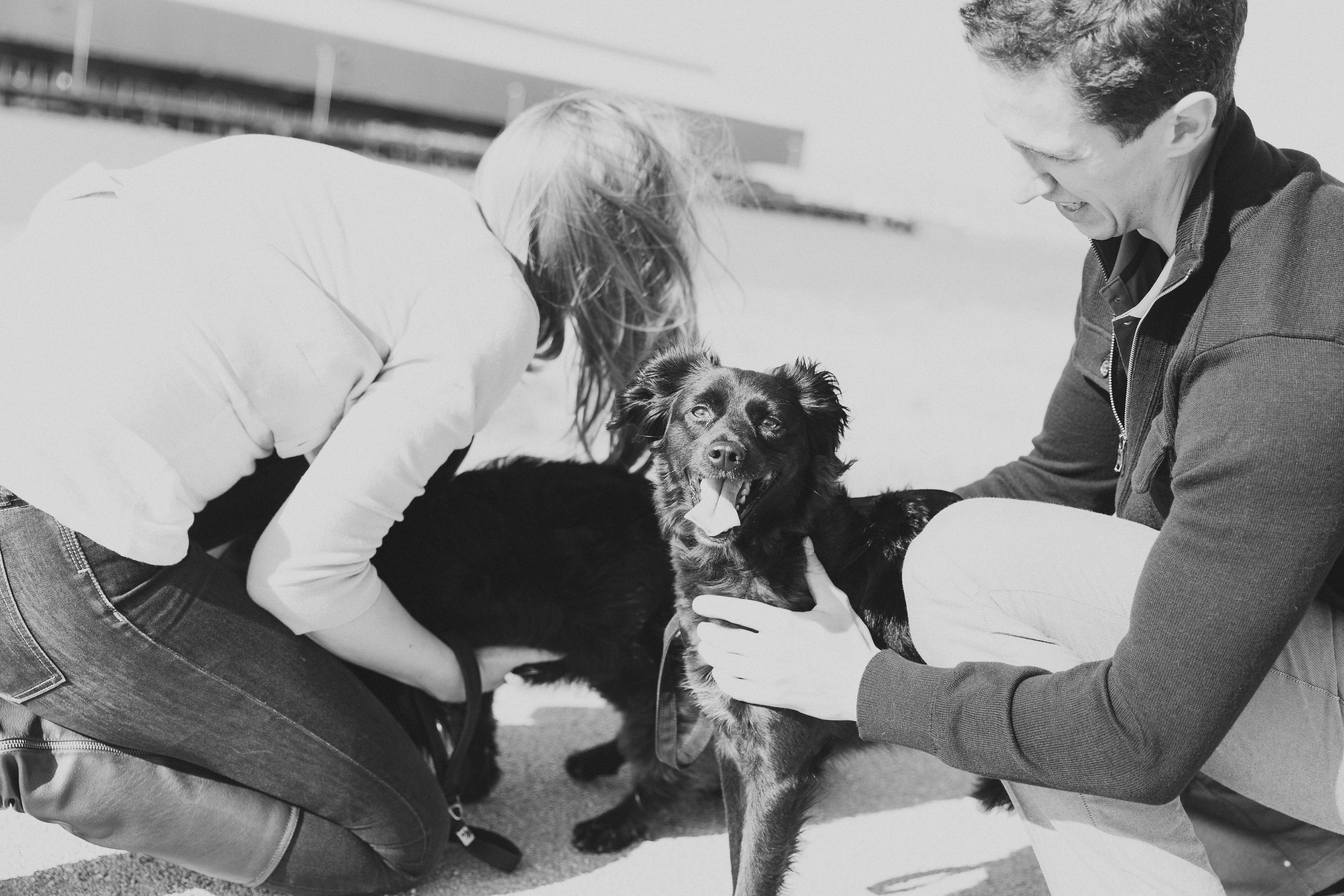- Quick Tiny Movements. The dog is getting ready to go into action. This usually means that the dog is about to fight or run.
- A Slight Relaxed Wag. Your dog is greeting you or trying to subtly trying to get your attention.
- A Slow Wag in the Mid-Range. Your dog is feeling insecure or confused about a given situation or your interaction with it.
- A Broad Wag. If your dog’s tail is wagging in a broad windshield wiper fashion, this means that its friendly and not threatened by your presence.
“If your dog’s tail is wagging in a broad windshield wiper fashion, this means that its friendly and not threatened by your presence. “
- Middle Position. Your dog is relaxed and in a good mood.
- Horizontal Position. Your dog is fully alert and at attention. Similar to a bird dog that is point.
- Fully Erect Tail. Beware: the dog either feels threatened or it is establishing dominance.
To the Left, To the Right. A study at the University of Trieste in Italy revealed that a dog will shift its tail fully to the right or to the left depending on how it perceives a situation. For instance, if a dog feels positive about a situation or a person, then it will wag its tail more to the right. Equally, if a dog feels negative about a give situation or a person, then it will wag its tail more to the left.
By wagging to one side or the other, we mean that the tail is still wagging back and forth but with an emphasis to one side of the rear end or the other. Keep in mind that this is from the dog’s point of view, not the observer’s. The study also concluded that dogs are just one of several animals that exhibit this same behavior. It has led research to further study activity in the brain that causes the emphasis in the wag from the left to the right.
The Right Response. The reason it is important to learn a dog’s tail positions and wagging patterns is so that you can respond accordingly. If a dog feels threatened by you or another object, the best response is to remove what it is that is creating the tension. In other words, the best thing you can do is to back away. Dogs are just like humans: too much too soon can lead to distrust.
On the other hand, if your dog is demonstrating that it wants attention, then you should take a few minutes out to acknowledge your dog’s wants and needs. This will strengthen your relationship and keep you and your dog on good terms for many days to come.

What does your dog’s tail tell you? Share below!
